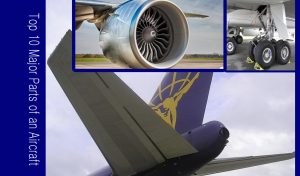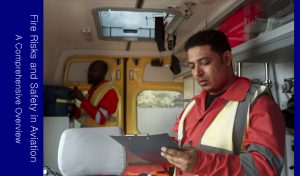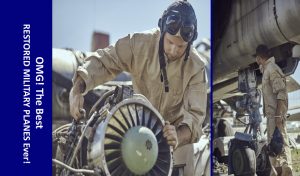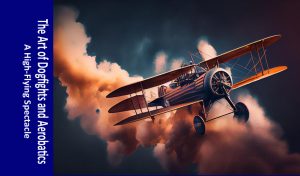Ensuring Smooth Skies through Meteorological Mastery
Have you ever looked up at the sky and marveled at the majestic flight of an airplane? The manner of getting an aircraft off the ground and effectively to its destination is not anything brief of a present day miracle. But have you ever questioned how pilots navigate through unpredictable and ever-converting climate situations? In this newsletter, we are able to take you on an adventure into the cockpit, revealing how pilots analyze weather to make sure your flight remains secure and sound.
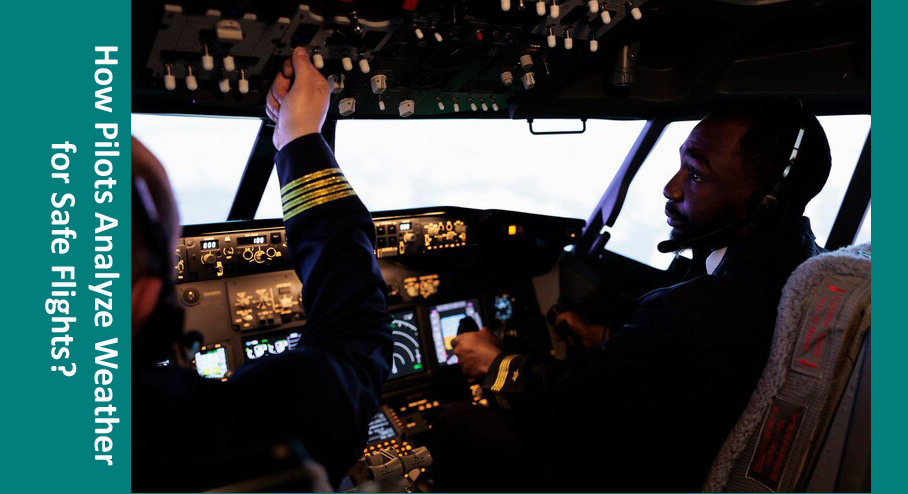
Understanding the Skies: A Meteorological Prelude
Before we dive into the depth details of weather analysis, let us start with a basic understanding of the skies. Meteorology is the science that deals with the Earth’s atmosphere, weather, and climate. For pilots, it’s an essential subject to grasp because it directly affects flight safety.
1. The Impact of Weather on Aviation
To begin our journey, let us discuss about the reflective impact of weather on aviation. Weather conditions can vary significantly from one location to another, and they can change rapidly. This presents a formidable challenge for pilots, as understanding and predicting these changes is crucial for ensuring passenger safety and the efficiency of flight operations.
2. Meteorological Data Sources
Now that we appreciate the influence of weather, where do pilots obtain the information they need? Pilots rely on a diverse range of data sources to gather up-to-the-minute information on current and forecasted weather conditions.
3. Pre-Flight Planning: Setting the Stage
Preparation is key to any successful endeavor, and aviation is no different. Pilots perform a meticulous pre-flight analysis to determine if the weather will cooperate with their journey.
The Weather Toolkit: Instruments and Technology
In the modern age of aviation, pilots have an array of tools at their disposal to keep an eye on the weather. Let’s explore the instruments and technology they use.
4. Weather Radar: Peering Through the Clouds
Imagine having the power to see through clouds and precipitation. Weather radar provides this superhuman ability to pilots. This technology allows them to detect and navigate around severe weather, including thunderstorms and turbulence.
5. Satellite Imagery: A Bird’s-Eye View
Satellites orbiting high above our planet provide an invaluable perspective on the Earth’s atmosphere. They capture images and data that help pilots monitor cloud cover, wind patterns, and storm development.
6. Weather Stations: Ground Truth
For on-the-ground weather data, pilots rely on information collected by various weather stations. These stations provide real-time data on temperature, humidity, wind speed, and direction.
7. Weather Balloons: Soaring to the Stratosphere
Weather balloons equipped with sensors ascend high into the atmosphere, collecting data on temperature, humidity, and pressure. This information helps pilots assess the stability and safety of their flight path.
In the Cockpit: How Pilots Analyze Weather
Now that we’ve explored the tools in the pilot’s arsenal, let’s step into the cockpit and see how this information is used to make critical decisions.
8. Turbulence: Riding the Storm
Turbulence can be a nerve-wracking experience for passengers. But what causes it, and how do pilots handle it? We’ll delve into the mechanics of turbulence and how pilots mitigate its effects.
9. Thunderstorms: Navigating the Electric Skies
Thunderstorms are among the most formidable weather challenges for pilots. Learn how they detect, avoid, and navigate around these electrifying weather phenomena.
10. Icing: The Frozen Hazard
Icing on an aircraft can be dangerous. Discover how pilots assess and deal with the risk of icing during a flight.
Decision Time: When Weather Dictates the Route
Pilots are trained to make crucial decisions based on the weather information they gather. These decisions can mean the difference between a smooth flight and a turbulent one.
11. Diversion: Changing Course
Sometimes, the weather is simply too severe to continue on the planned route. Pilots must decide when to divert to an alternate airport for the safety of all on board.
12. Holding Patterns: Waiting for Clear Skies
In adverse weather conditions, pilots may enter holding patterns, circling the airport until conditions improve. We’ll explore the reasons behind this and the strategy involved.
Conclusion: The Sky’s the Limit
In the world of aviation, the ability to analyze weather effectively is a crucial task. It always be in prediction that How Pilots Analyze Weather?. Pilots rely on an impressive array of tools, technology, and training to ensure their flights are safe and comfortable in the sky and everywhere.
FAQs – Navigating the Skies
- Q: What’s the role of the flight dispatcher in weather analysis? A: Flight dispatchers work closely with pilots, providing them with updated weather information and helping plan the safest and most efficient routes.
- Q: How do pilots stay informed about weather changes during the flight? A: Pilots receive real-time weather updates from air traffic control and can also access in-flight weather data through onboard systems.
- Q: Can pilots fly through thunderstorms? A: Pilots avoid flying through thunderstorms whenever possible, as the turbulence and lightning can pose serious safety risks.
- Q: Are pilots always in contact with meteorologists during a flight? A: While pilots maintain communication with air traffic control, they may also consult with meteorologists on the ground for weather updates.
- Q: What happens if a flight encounters severe turbulence? A: In the event of severe turbulence, pilots will instruct passengers and cabin crew to fasten their seatbelts and may alter the flight path to avoid the turbulent area.
As you may see, the protection and luxury of your flights are inside the succesful hands of professional pilots who’re weather evaluation experts. So, the next time you board an aircraft and pay attention the pilot’s voice over the intercom, bear in mind that they now not handiest recognise how to fly however additionally a way to examine the skies, ensuring a clean journey thru the ever-changing tapestry of our surroundings.
